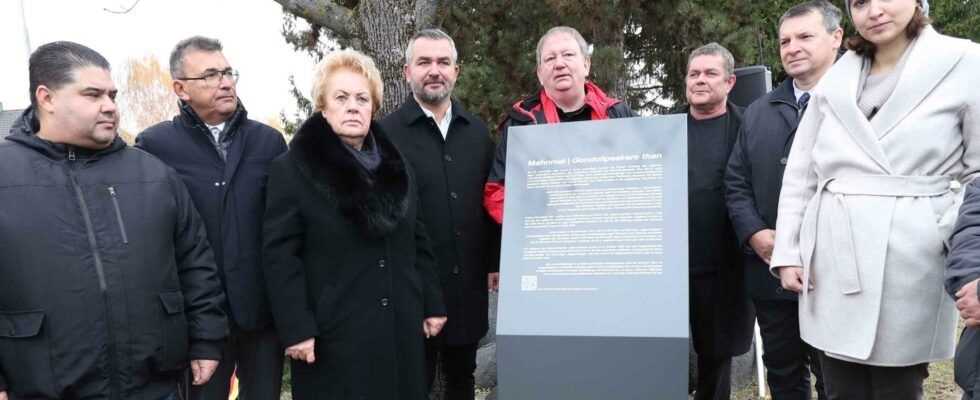To the memorial in Lackenbach
The camp in Lackenbach was the largest of its kind in Austria and in the entire German Empire and was set up on November 23, 1940 in a former estate in Lackenbach in the Oberpullendorf district. A total of more than 4,000 Roma and Sinti were imprisoned between 1940 and 1945. Only 300 to 400 prisoners experienced the liberation of the camp by Soviet troops in April 1945.
The camp was surrounded by barbed wire and guarded by police officers. The interned people had to live in the stables and barns of the former estate under the most primitive conditions and do forced labor. Despite poor nutrition and hygienic conditions, they were “awarded” by the camp management to forest companies, manors, a brickworks, road construction companies and the Falkenau silkworm farm. Around 350 Roma and Sinti from the Lackenbach camp were also used in the construction of the motorway. In November 1941 the order was issued to deport Roma and Sinti from the “Gypsy camps” to the “Ghetto Litzmannstadt” in Lodz. Of the 5,007 people (including 2,689 children) from such detention camps in Austria, more than 2,000 came from the one in Lackenbach. In January 1943, the Nazi regime issued an order to deport Roma and Sinti to the Auschwitz-Birkenau extermination camp.
On October 6, 1984, at the suggestion of the Austrian victims’ associations, a memorial for the interned, killed and deported Roma and Sinti was erected not far from the former “Gypsy camp Lackenbach”. The memorial created by the architect Matthias Szauer was unveiled by the then Federal President Rudolf Kirchschläger. At that time it was the only larger one in all of Austria. The basalt blocks as elements of the monument are intended to express a reference to forced labor. The buildings of the former camp were demolished in the 1970s.
Since the 50th anniversary of the establishment of the “Lackenbach Gypsy Camp” in 1990, there have been annual commemorative ceremonies organized by the Austrian Roma Cultural Association with the support of the Burgenland provincial government and the Lackenbach market town.
